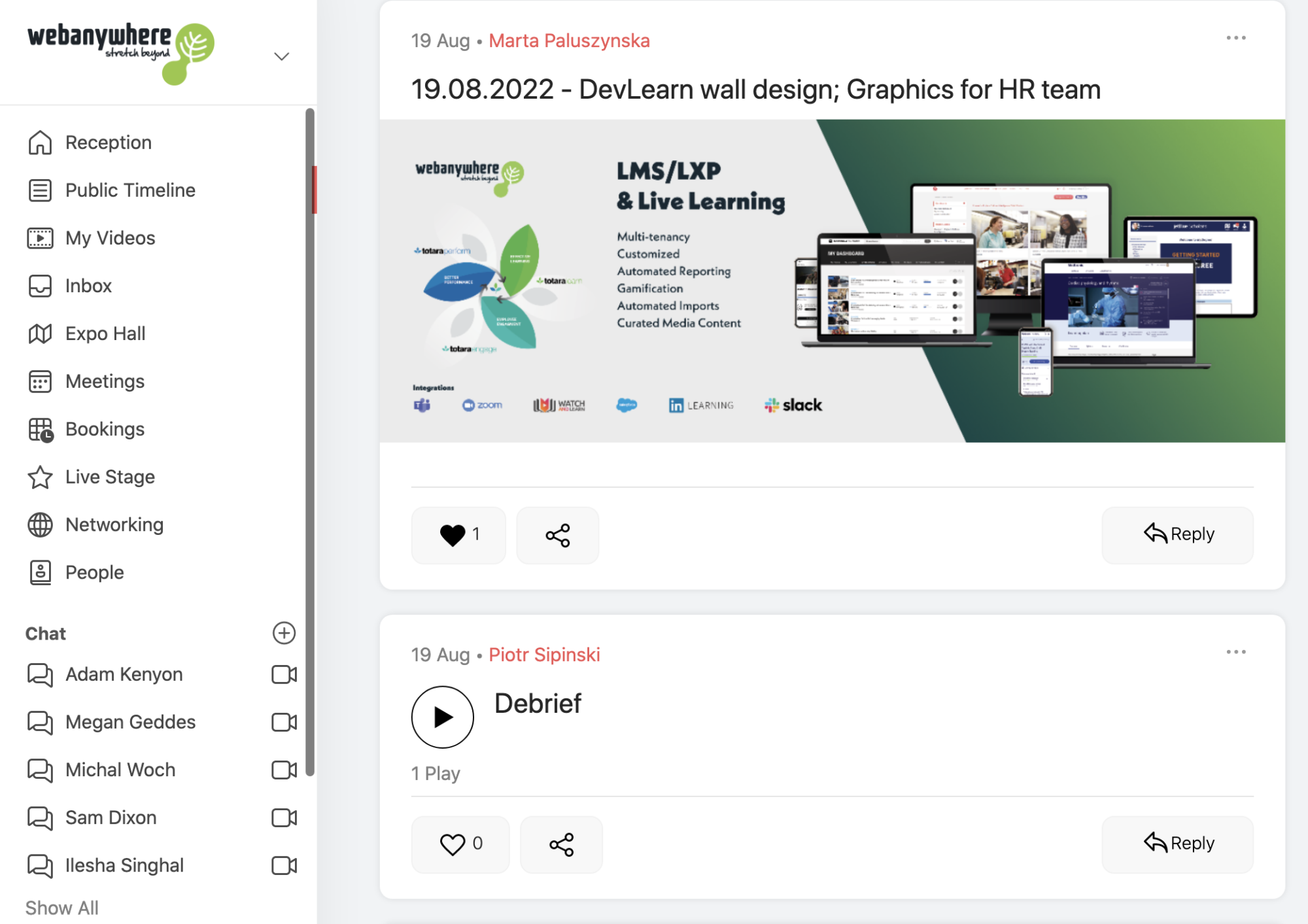
What does the future of work look like? This is a question that is often asked, as the world of work is constantly changing. Many experts believe that the future of work will be defined by artificial intelligence, robotics, and other technological advances. There is also a belief that the future of work will be more global in nature, as companies look to tap into new markets and talent pools.
Work from anywhere with an internet connection
The traditional office as we know it is coming to an end. With the advent of new technologies, more and more people are working remotely, from home or from co-working spaces. This shift is changing the way we think about work, and the way businesses are structured.
Many people are choosing to work from home instead of commuting to an office every day. This is good for the environment because it reduces the number of cars on the road and the amount of pollution they produce.
There are several potential problems with working from home, including loneliness, distractions, and a lack of work/life balance.
The COVID-19 pandemic has forced many people to work from home, and this has created a need for new tools and approaches to remote work. Some companies have been quick to adapt, but others have struggled to find the right solutions. There are a number of factors to consider when setting up a remote work environment, including communication, collaboration, and productivity.
UK office occupancy rates have declined in recent years, as more businesses have shifted to remote working arrangements. This has resulted in less demand for office space, and many buildings are now standing empty. People have moved from physical offices to virtual spaces.
Watch and Learn Supports Hiring, Training and Retaining Staff Anywhere
Hire, train, and retain staff online using an easy-to-use platform that makes it simple and straightforward to get started. With our platform, you can quickly and easily post job openings, track applications, and schedule and conduct interviews all in one place. Plus, our training modules and resources will help you get your new employees up to speed quickly and efficiently.
Onboarding staff remotely can be a challenge if you’re not prepared. Make sure you have a clear and concise process for new hires, and that all the materials they need are easily accessible online. You may also want to consider setting up a video call or webinar to help orient them to your company culture and expectations.
Videos can be extremely helpful for onboarding remote staff, as it can provide a way for new employees to get to know their colleagues and the company culture, and can help them feel more connected to their team. Additionally, videos can be used to provide training and orientation on company policies and procedures.
Video on-demand can be used as a knowledge repository for storing and accessing educational and instructional content. This can be a useful tool for managers, and team members who want to learn new skills or brush up on existing ones.
Videos can be used to introduce new members of staff to the wider team. This can be done by creating a short video that introduces the new staff member and their role within the company. This video can be shared with the team via email or on the Watch and Learn platform.
Watch and Learn is an engagement platform which will help hire, train and retain staff. The platform will provide engaging content to help staff learn new skills and retain information. Additionally, Watch and Learn helps managers track staff progress and identify areas where additional training may be needed.
Creating content is quick and easy, and Watch and Learn is great for creating remote culture with a sense of belonging. With its easy-to-use tools and wide range of features, the platform makes it simple and straightforward to create high-quality content that can be shared with others in the community. This makes it an ideal way to build and maintain a strong sense of culture and community, even when members are spread out across the globe.